I am attempting to create a voxel style game, and I want to use GL_POINTS to simulate spherical voxels.
I am aiming to have them look like 3d spheres without having to render an actual sphere with many vertices.
However, when I created a mass of GL_POINTS, they overlap in a way that makes it obvious that they are flat circle sprites.
Here is an example: my image example of gl_points overlapping showing circular sprite:

I would like to have the circular GL_POINTS overlap in a way that makes them look like spheres being squished together and hiding parts of each other.
For an example of what I would like to achieve, here is an image showing Star Defenders 3D by Eric Gurt, in which he used spherical points as voxels in Javascript for his levels:
Example image showing points that look like spheres:

As you can see, where the points overlap, they hide parts of each other creating the illusion that they are 3d spheres instead of circular sprites.
Is there a way to replicate this in openGL? I am using OpenGL 3.3.0.